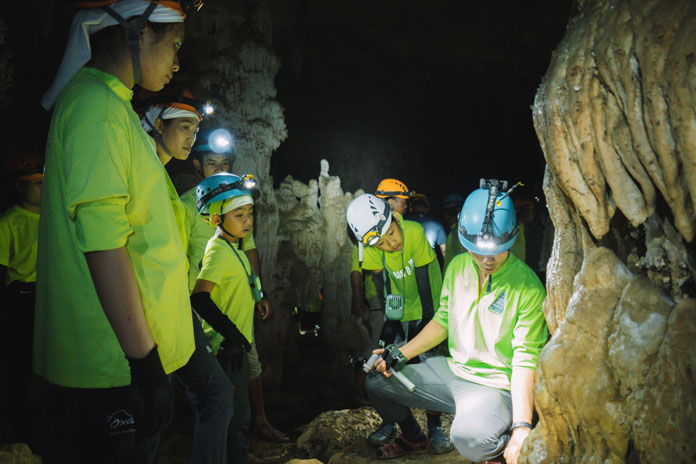Experience Mui Ne: A tropical beach destination where sea meets sand
Mui Ne is a peninsula ward in Phan Thiet, Binh Thuan, on the southeast coast of Vietnam. This is a favorite beach getaway where golden sands meet crystal-blue waves. It’s also alive with deep-rooted culture, water sports, and charming fishing villages, perfect for beach lovers and adventure seekers. Ready to add some coastal beauty to your journey? This Mui Ne travel guide dives into the best of what it offers.
Best time to visit Mui Ne
Mui Ne has a tropical climate with two distinct seasons: the rainy season (May to October) and the dry season (November to April). Throughout the year, average temperatures in Mui Ne range from a comfortable 28°C during cooler periods to a warm 32°C at their highest. During the rainy season, outside air temperatures in Mui Ne can be up to 40°C. Humidity levels are high, and waters can be warm at around 29°C. Despite this, rainfall is relatively low compared to other proximate areas, at 800 millimeters per year. This is because the intense heat in Mui Ne can limit cloud formation.
The dry season brings milder temperatures, averaging around 32°C. Though the sun is bright, consistent breezes allow for an occasionally pleasant atmosphere. From January to March, the coast sees stronger waves, making surfing more enjoyable than at other times of the year. Considering all of these factors, the best time to visit Mui Ne is between January and May. During this period, the climate is warm, breezy, and inviting. This is ideal for outdoor activities and water sports. Yet, during the national holidays, especially at the end of April, Mui Ne can be super busy.
How to get to Mui Ne
Due to its proximity to Ho Chi Minh City (HCMC), most people travel to Mui Ne by either personal vehicles or sleeper buses. With the completion of the Dau Giay-Phan Thiet Expressway in early 2023, the journey has become much more convenient. The new expressway has reduced the travel time for the 230-kilometer distance from an average of 6 hours to only 3 hours. Yet, it’s important to note that this expressway is only for cars. While some sleeper buses may take this faster route, most still follow the old QL1A road, as they need to make stops to drop off passengers along the way.
For those traveling from the northern regions of Vietnam, such as Hanoi, the best option is to fly to Cam Ranh International Airport near Nha Trang. Direct flights from Hanoi to Cam Ranh take about 2 hours or less. From there, visitors can catch a sleeper bus and head south to Mui Ne, which is approximately 185 kilometers away. Another way to get to Mui Ne, though less common, is by taking a train. In HCMC and nearby cities, trains are available to Phan Thiet. From Phan Thiet Train Station, visitors can take a taxi or a shuttle bus to get to Mui Ne, which is now about 28 kilometers away.
Where to stay in Mui Ne
Mui Ne is a true paradise for beachfront accommodations. There is an extensive selection of hotels and resorts. Most are located along the 20-kilometer Nguyen Dinh Chieu Street, which connects central Phan Thiet to the outskirts of Mui Ne. This vibrant stretch is lined with luxury resorts and private beaches. Visitors can have all the freedom in the world to choose the perfect lodging that matches their preferences.
Within central Mui Ne, you’ll find an array of upscale resorts such as Pandanus, Muine Bay, Asteria, and Centara Mirage. These luxurious properties are situated in prime locations with stunning ocean views. If you prefer to stay closer to central Phan Thiet, consider Anantara Mui Ne, The Anam, Terracotta, or The Cliff Resort & Residences. These properties are located at the entry of Nguyen Dinh Chieu Street from Phan Thiet, making them the first options to catch your eye.
Centara Mirage Resort Mui Ne. Source: Centara Hotels & Resorts
On the left side of Nguyen Dinh Chieu Street from Phan Thiet, budget hotels and local eateries are scattered. While these properties may lack ocean views and private beaches, they offer much more affordable options for those traveling on a budget. For travelers seeking a quieter experience, a short journey north on DT706 past Hon Rom leads you to Mandala Cham Bay. This resort has some of the tallest buildings in the area, providing a private getaway while still being close to the beach.
Mandala Cham Bay Mui Ne. Source: Mandala Hotels
What to eat in Mui Ne
Mui Ne has a lot more than you can eat. Start with Cha Ca—freshly caught fish cakes steamed or fried for an authentic seafood flavor. Another popular choice is Bun Cha Ca, a noodle soup served with these fish cakes. Mui Ne’s version is unique for its subtly sweet broth, setting it apart from similar soups in Nha Trang or Da Nang. Given Mui Ne’s coastal location, seafood is certainly a highlight. Fresh clams, scallops, lobster, king crab, and other specialties are served in various dishes, from grills to hotpots.
Indulge in the flavors of Bun Cha Ca: a Vietnamese noodle soup with tender fish cake, fresh herbs, and savory broth
If you’re craving something grilled, Cha Lui is a must-try. This dish consists of skewers of minced pork and shrimp, grilled over charcoal and served with rice paper rolls and fresh vegetables. Dipped in peanut and fish sauce, it’s a flavorful experience. For a light snack, try Banh Re, a crispy cracker made from sweet potatoes, cassava, and sugar. While many resorts and hotels in Mui Ne offer in-house restaurants, local dining spots along Nguyen Dinh Chieu Street offer authentic flavors. The area around Mui Ne Market and Mui Ne Fishing Harbor also brims with dining options in a lively atmosphere.
Cha Lui: A Grilled Delight in Mui Ne's Culinary Scene
10 Best Things to do in Mui Ne
Mui Ne has some of the best beaches in Vietnam. Its main strip along Nguyen Dinh Chieu Street features long, curved sands. For a more private getaway, head to the quieter beaches on both sides of Hon Rom. Yet, Mui Ne has much more than fine beaches. There are several other great things to do in Mui Ne.
1. Go jeep touring and photo shooting along the coast
Jeep touring along the coast of Mui Ne is a must-do and the perfect first activity to get a scenic overview of this beautiful region. A private and comfortable jeep ride lets you experience Mui Ne’s highlights without the hassle of navigating or planning each stop. Several companies, like Johnny Tours and Hana Tourist Vietnam, offer well-reviewed jeep tours. People often go in groups, but you can book a private tour. With similar itineraries across providers, you’re sure to experience the best Mui Ne has to offer.
Key checkpoints include the White Sand Dunes and Red Sand Dunes. You’ll also visit Mui Ne Fishing Harbor and the Fairy Stream. Admission tickets are included in the tour. Extra activities may cost more. Yes, renting a scooter is a nice option, especially for those who prefer moving at their own pace. But, a jeep tour is ideal for first-time visitors. Also, during the rainy season, sitting inside a jeep is much more convenient. The tour lasts about 4 hours, is well-organized, and includes an English-speaking guide. In fact, jeep tours are one of the most popular activities among international travelers.
Jeep touring along the coast of Mui Ne is the perfect first activity. Source: Tripadvisor
2. Go quad biking (ATVs) at the White Sand Dunes
Quad biking at the White Sand Dunes, also called Bau Trang, is an exhilarating activity you won’t want to miss in Mui Ne. Located about 26 kilometers northeast of Mui Ne, the White Sand Dunes are a 45-minute drive away. Taxis from Mui Ne cost around 700,000 VND round-trip, including wait time—a must since finding a return ride can be challenging. Once you get here, you’ll find that riding a quad bike is the best way to explore the vast expanse of these dunes, where the sand borders the ocean.
However, renting a quad bike can be pricey at around 400,000 VND per person for a 30-minute ride. Larger ATVs only allow 20-minute rentals. To get the most out of your adventure, check the bike’s condition before setting out. Well-treaded tires are essential for a smooth ride, or you risk getting stuck in the sand. Going in the late afternoon at around 5:00 PM is ideal. The setting sun paints the dunes with golden hues, and the heat is more manageable. While you’re on the ride, remember to capture a few photos—the unique contrast of sand and sea at dusk makes incredible shots.
Quad biking at the White Sand Dunes is an exhilarating activity. Source: Tripadvisor
3. Watch the sunset at the Red Sand Dunes
The Red Sand Dunes, also called Doi Cat Do, offer a similar desert-like experience, yet closer to Mui Ne. While smaller and less striking than the White Sand Dunes, they’re much easier to reach. Heading north on Nguyen Huu Tho Street or via Vo Nguyen Giap Street (a main parallel avenue to Nguyen Dinh Chieu Street) brings you to this site. Upon arrival, expect to see local vendors, including kids, offering sandboard rentals. These are simple DIY boards made from plastic or cardboard. For around 50,000 VND, you can enjoy a few slides, although many tourists may find this activity a bit simple.
The highlight of the Red Sand Dunes, however, is the spectacular sunset. The dunes glow in warm tones of red and burnt orange, blending beautifully with the soft evening light. Compared to the intense heat of the White Sand Dunes, temperatures here are more pleasant. This is ideal for staying and relaxing as the sun sinks below the horizon. Scattered around the place, local vendors offer bottled drinks and tofu pudding in ginger syrup (Dau Hu Nuoc Gung). So be sure you won’t feel thirsty as time goes by. The Red Sand Dunes are certainly a tranquil spot to watch the day end.
The highlight of the Red Sand Dunes is the spectacular sunset. Source: Tripadvisor
4. Enjoy cocktails and live music, and connect at beach bars
Mui Ne has some of the best beach bars and lounges, especially along Nguyen Dinh Chieu Street. Here, several top spots are nestled beside beachfront resorts. Among the best are Joe’s Cafe and Dragon Beach, located just over a kilometer apart. These venues capture a relaxed, laid-back vibe, perfect for enjoying cocktails and live music. The live music is often a mix of mellow rock with both Vietnamese and Western influences. This creates an inviting ambiance that complements the beach setting.
Inside, the atmosphere is dim and hazy, enhanced by ceiling lights. Seating options range from solo chairs and bar counter seats to larger sofas that draw groups and families. While Joe’s Cafe is more soulful and calm, Dragon Beach is more of an energetic hub, with lively music and a younger crowd. Both bars offer a variety of drinks, from cocktails and whiskey to light bar snacks. While the bars can be crowded, once inside, the friendly staff are attentive. For solo visitors, the bar counter is a great spot to chat with bartenders and enjoy the lively social scene of Mui Ne’s nightlife.
Mui Ne has some of the best beach bars and lounges. Source: Tripadvisor
5. Take a wing foiling, kitesurfing, or trampoline lesson
Imagine learning something new on the beach instead of in a classroom. Mui Ne makes this possible with a variety of sports lessons that are a hit among international travelers. From water sports at C2Sky to acrobatic moves at Jump Trampoline Club, these lessons let you learn exciting new skills in the sand and surf.
Only 2 kilometers away, Jump Trampoline Club is Mui Ne’s first and only trampoline venue. It’s a favorite for both fitness enthusiasts and families with young kids. They have classes in yoga, kickboxing, and dance alongside trampoline workouts. Be confident while you’re here learning how to be acrobatic. Imagine never doing a backflip and then doing a standing backflip in a few hours. They just have the best instructors to help you with it.
Mui Ne has many activities, from water sports to acrobatic moves. Source: Tripadvisor
6. Explore RD Wine Castle and sample fine wines
RD Wine Castle is Vietnam’s first wine castle. It’s located in the northern section of the Sea Links City resort complex along Vo Nguyen Giap Street. The structure is designed in a high medieval European-style chateau. Its architecture, with four corner watchtowers and grand, spiked wooden doors, evokes the feel of a historic fortress. This makes the castle a striking sight from afar. There are two tour options. One is sightseeing (125,000 VND, free for children). The other includes wine tasting (250,000 VND) with four sample glasses of Sauvignon and Chardonnay from Napa Valley, California.
Inside, the castle is adorned with paintings, replica 15th-century armor sets, and horse carriages. On a guided tour, visitors explore the wine cellars and hear about the castle’s history and insights into the wines served. However, note that the entire wine production process (from growing to bottling) is in the US. The castle only serves as a storage place for their wines. Visitors are under no pressure to purchase anything here. Still, wines and souvenirs, including wood-carved clocks and miniature statues, are available on the ground floor. Wine bottles are priced between 1 and 2 million VND.
RD Wine Castle is Vietnam’s first wine castle.
7. Explore Ta Cu Mountain on a private, guided tour
Exploring Ta Cu Mountain is a memorable way to experience one of the most serene sites near Mui Ne. While some like to visit the place by themselves, a guided tour can save all the hassle of logistics and ensure a seamless half-day excursion. Ta Cu Mountain is a bit out of the way at about 60 kilometers west of Mui Ne. Its peak is 649 meters above sea level, allowing for a panoramic view once you reach the top. At the mountain’s base, an 8-minute cable car ride transports visitors up the steep incline. Still, many opt to walk the stairs for an immersive journey.
Near the top of Ta Cu Mountain, you’ll find the famous Linh Son Truong Tho Pagoda, one of the two located adjacent to each other. The pagoda was built in a traditional Chinese style with curved tiled roofs, massive wooden pillars, and detailed carvings. Behind the main hall, there is a seven-level tower, almost a must in every Buddhist pagoda. Far in the backdrop, you’ll reach the highlight of Ta Cu—the remarkable 49-meter-long reclining Buddha. This statue depicts Buddha’s entry into Parinirvana. Since its completion in 1966, it still remains the longest of its kind in Vietnam.
The remarkable 49-meter-long reclining Buddha statue.
8. Check out the bustling Mui Ne Fishing Harbor
Mui Ne Fishing Harbor allows you to have a glimpse into the lively local fishing life along the town’s west coast. The harbor bustles with activity as fishermen go about their daily routines. This scene reveals the strong community bonds among Mui Ne’s fishing families. From afar, you’ll see the unique basket boats (Thuyen Thung) bobbing in the ocean. These are traditional vessels used to harvest shellfish. The sunset here is captivating, as the harbor fills with warm, colorful hues ideal for photography. At night, the boats light up the water, adding glowing dots to the shoreline.
Walking along the beach, you’ll see fishermen sorting through their catch. Their boats are docked at the ports. Everyone is doing something. Each is part of a well-coordinated rhythm. At the harbor’s southern end, years of shelling clams have left this place a “beach” of littered shells instead of sand. For a truly local experience, sit by the beach and try freshly caught fish or seafood prepared by the fishermen’s families nearby. Order directly from them. For around 500,000 VND, you’ll have a whole steamed fish with sides. This is delicious and is also a way to support the community.
Mui Ne Fishing Harbor allows for a glimpse into the local fishing life. Source: Tripadvisor
9. Delve into history at the Po Sah Inu Cham Towers
The Po Sah Inu is a relic consisting of three towers of the Champa Kingdom, dating back 1,200 years. It’s located on Ba Nai Hill, 18 kilometers west of Mui Ne and 7 kilometers east of Phan Thiet. This site showcases three intact towers dedicated to the Hindu god Shiva, though there might’ve been more ruined over time. Although modest in size, with the main tower only 15 meters, the towers embody the refined architectural skills of the Cham people. Their design resembles the Po Klong Garai in Phan Rang and Po Nagar in Nha Trang, exuding both grandeur and mystery.
Po Sah Inu is a popular destination for both tourists and Hindu worshippers. Visitors are drawn not only to the architecture but also to the rich cultural life that continues within its walls. Traditional ceremonies and cultural performances are often held here, especially during festivals. This adds a vibrant layer to the serene atmosphere of the towers. Artisans gather to showcase traditional Cham crafts, like brocade weaving and pottery making. This provides visitors with a closer look at these ancient practices. A visit during the late afternoon is recommended to enjoy the sunset.
Po Sah Inu is popular among tourists and Hindu worshippers. Source: Tripadvisor
10. Visit the Old Fishing Village Gallery “Lang Chai Xua”
Located 2.5 kilometers east of Po Sah Inu on Nguyen Thong Street, the Old Fishing Village Gallery, or “Lang Chai Xua,” is Vietnam’s first fish sauce museum. Spanning over 1,600 square meters, this gallery brings to life 300 years of fishing culture through 14 distinct exhibit areas. Each portrays a different era—from the Cham period through the Nguyen Dynasty and French colonial days to the 1960s. The entrance fee is 100,000 VND for adults and free for children under 1 meter. Visitors begin their journey with a short, 7-minute film offering insights into the history of fish sauce.
During the 45-minute guided tour, the exhibits showcase miniature replicas of Mui Ne’s landmarks. This adds some depth to the storytelling with three-dimensional displays. The gallery also houses artifacts like original royal decrees from the Nguyen Dynasty. You’ll also see traditional cottages, altars, and wooden furniture. In particular, there are tools integral to fish sauce production, such as clay jars and fish sauce barrels. At the end of the tour, visitors are invited to sample traditional fish sauce. A souvenir shop awaits at the exit, offering keepsakes for those interested in bringing some memories home.
Lang Chai Xua offers storytelling with three-dimensional displays. Source: Tripadvisor
Useful travel tips in Mui Ne
Planning your trip thoroughly always makes your experience better, without any unexpected nuisance. Here are some tips for a smooth and enjoyable trip in Mui Ne.
Recommended duration of stay
For a well-rounded trip in Mui Ne, plan for at least a 3-day stay. This gives enough time to visit key sites like the Sand Dunes, Po Sah Inu Towers, and the fishing harbor while also enjoying Mui Ne’s beaches. However, if you’re eager to explore more of the region’s outskirts, like Ta Cu Mountain, extend your stay to at least 4 days. A longer visit allows for a more relaxed pace and a deeper dive into the area’s natural and cultural sites.
Local events and holidays
Mui Ne hosts several festivals that provide insight into the cultural richness of the region. The Nghinh Ong Festival is celebrated every two years at Phan Thiet’s Ong Pagoda. It honors Quan Cong, a revered guardian deity in Chinese culture. Another lively event is the annual Boat Racing Festival on the Ca Ty River. It’s held on the 2nd day of the Lunar New Year and is filled with races, art performances, and folk games. The Cham community’s Kate Festival and the fisherman’s Cau Ngu Festival showcase traditional rituals, music, and dance. Both offer a glimpse into the spiritual life of locals.
Money exchange and payment
In general, managing money transactions in Mui Ne is convenient for both international and local visitors. Cash is widely used in Mui Ne, especially at local eateries and smaller shops. Larger hotels and resorts may accept credit cards. Bank transfers are common for those familiar with local banking apps. While ATMs are easily found in central Phan Thiet, they become scarcer the more you go beyond Mui Ne. For a smoother trip, keep some cash on hand for small purchases and transportation needs.
What’s next?
After Mui Ne, you have two travel options depending on what you’re looking for next. For a change of scenery, head north along the QL28B route to Da Lat, about 155 kilometers away. Da Lat offers a refreshing contrast to Mui Ne, with its cool mountain air, lush pine forests, and scenic lakes. Da Lat’s crisp climate and relaxed atmosphere make it perfect for nature walks, sightseeing, and exploring local culture. This is ideal for those seeking a break from tropical heat. Or, if you’re craving more beach time, head southwest to Ho Tram, about 140 kilometers away. Ho Tram is another coastal town offering sandy shores and ocean views similar to Mui Ne but with a smaller, quieter vibe.
The Oxalis Experience.
Whether you prefer long treks, camping in a cave, sleeping under the stars in the jungle, swimming underground in river caves, explore the huge dry caves or just taking an exploratory day trip, Oxalis Adventure Tours can provide the right amount of adventure just for you.



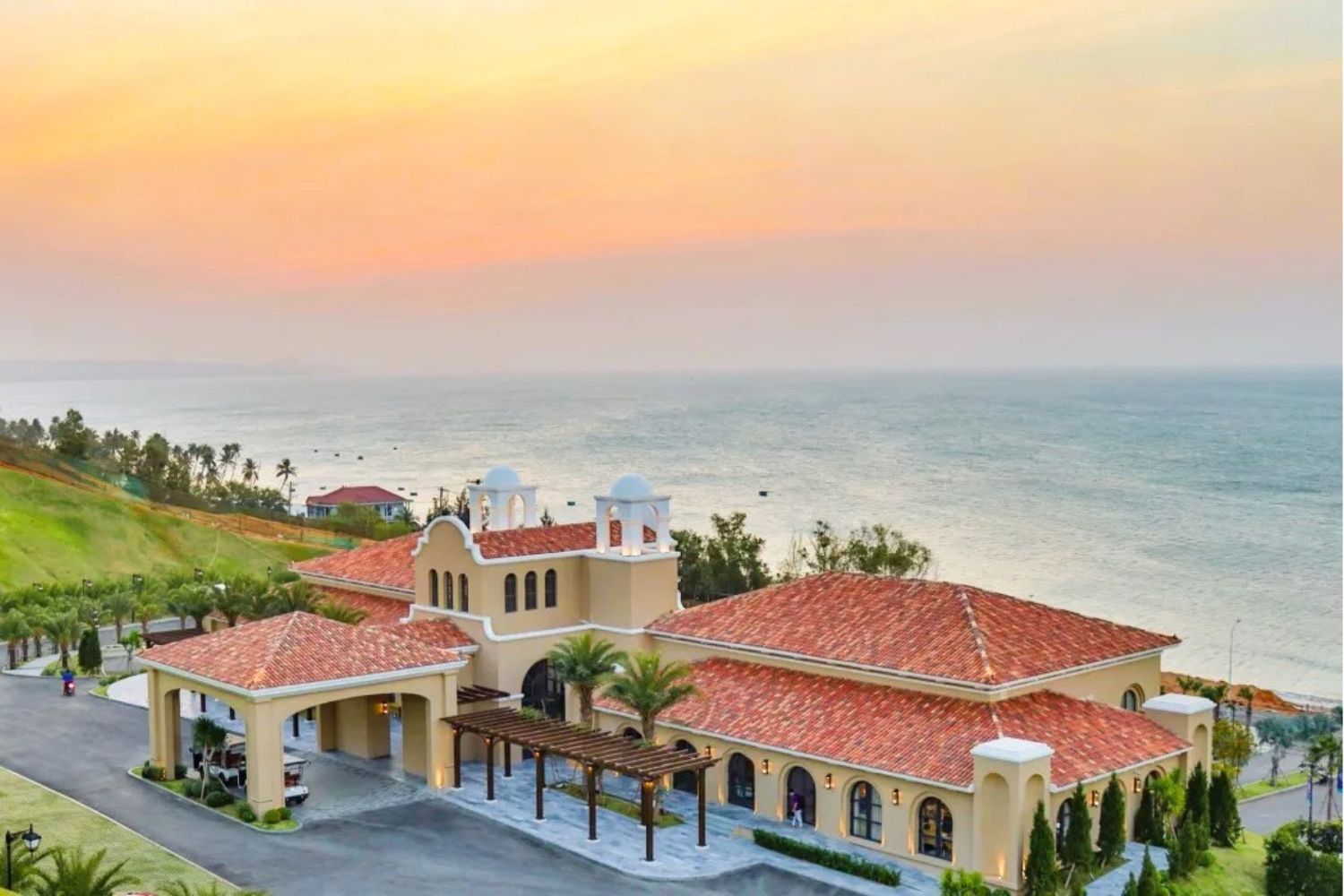
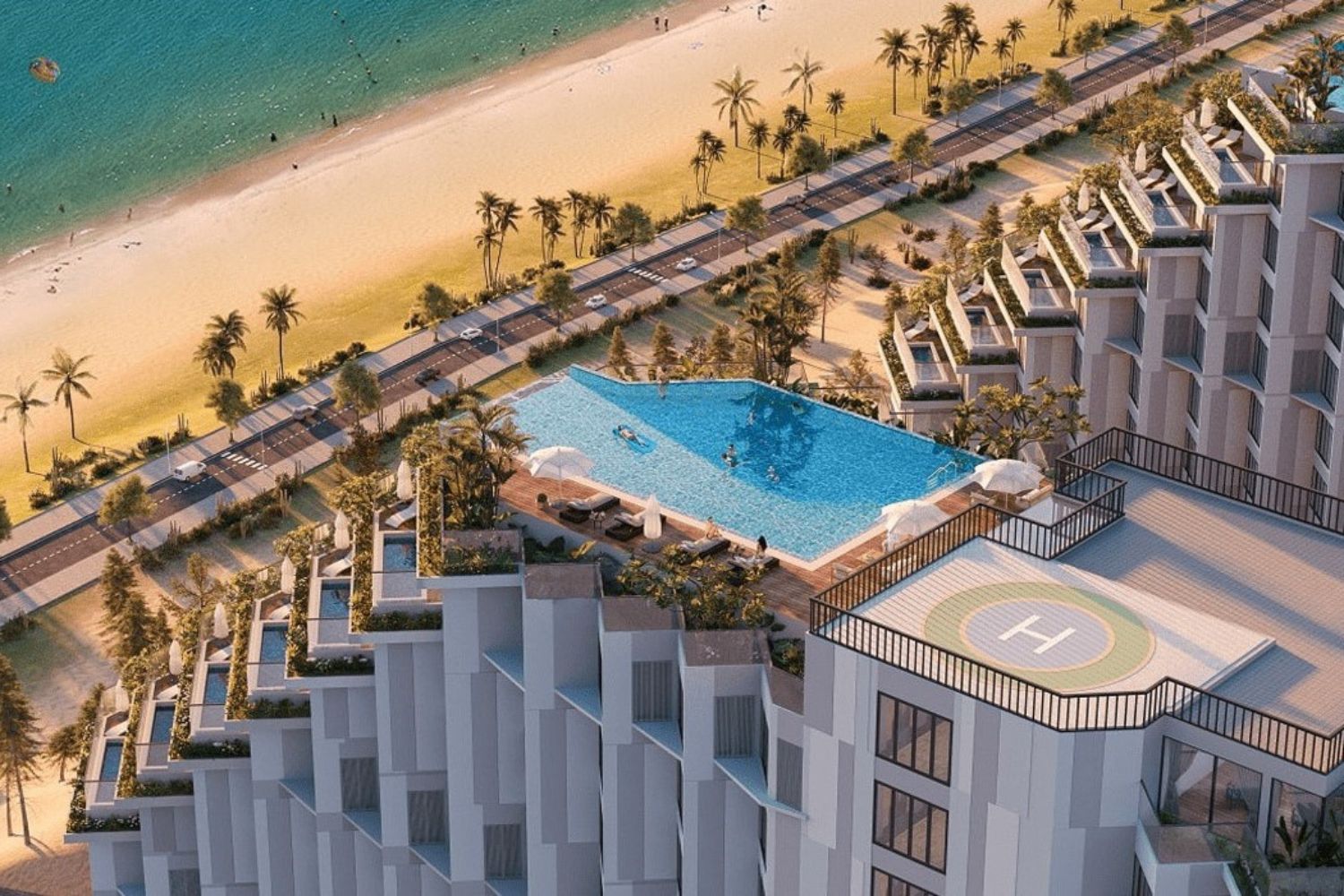

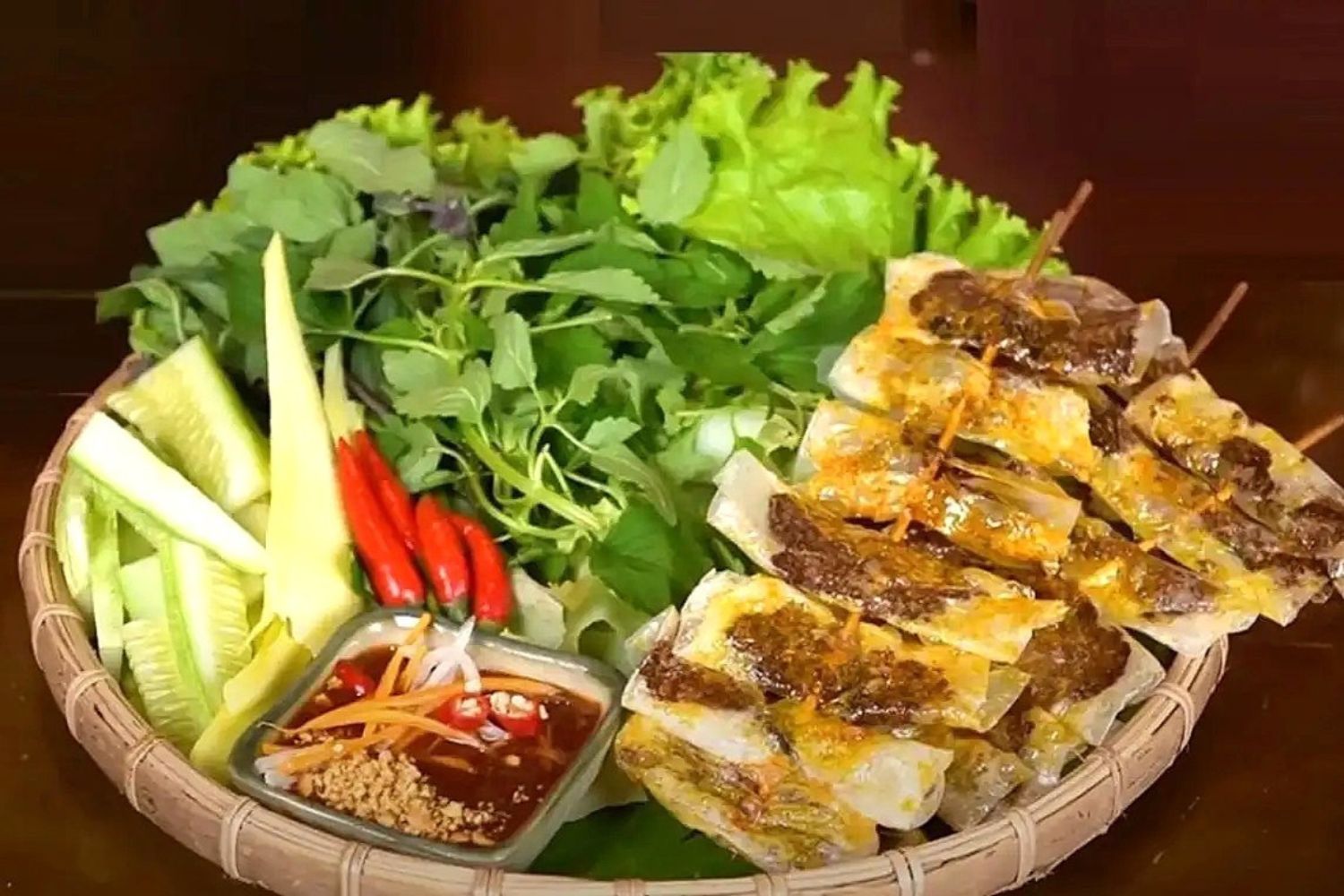



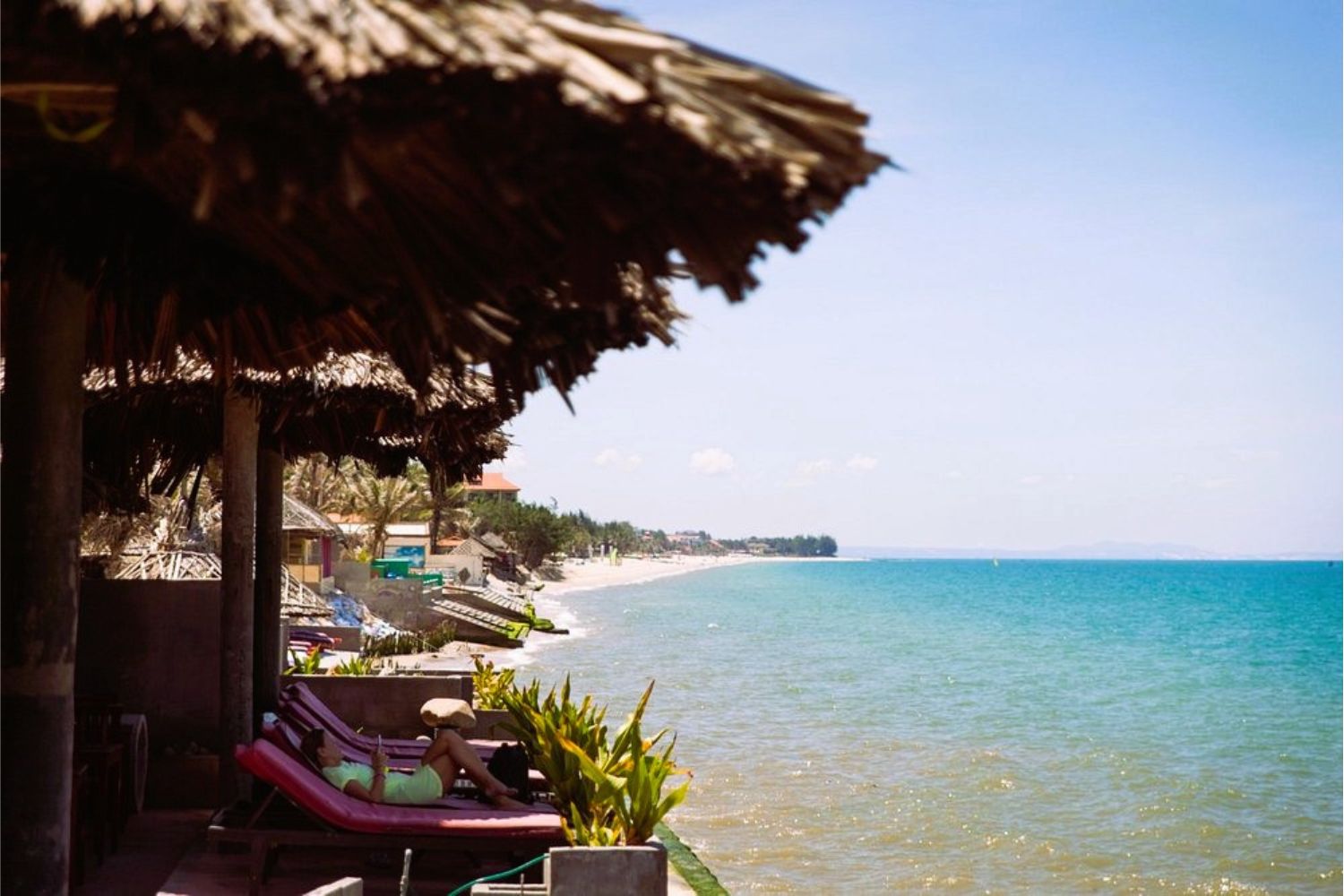

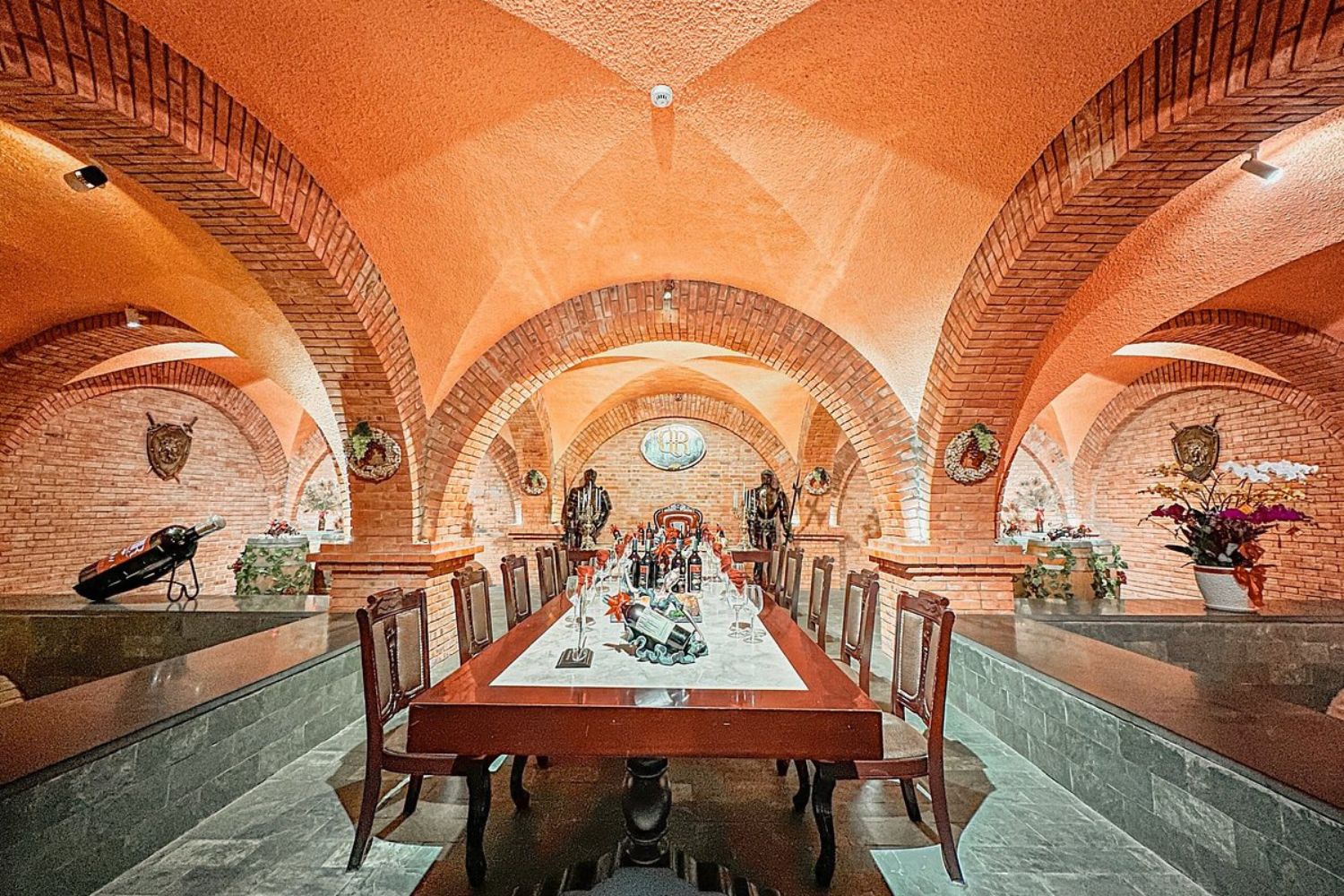
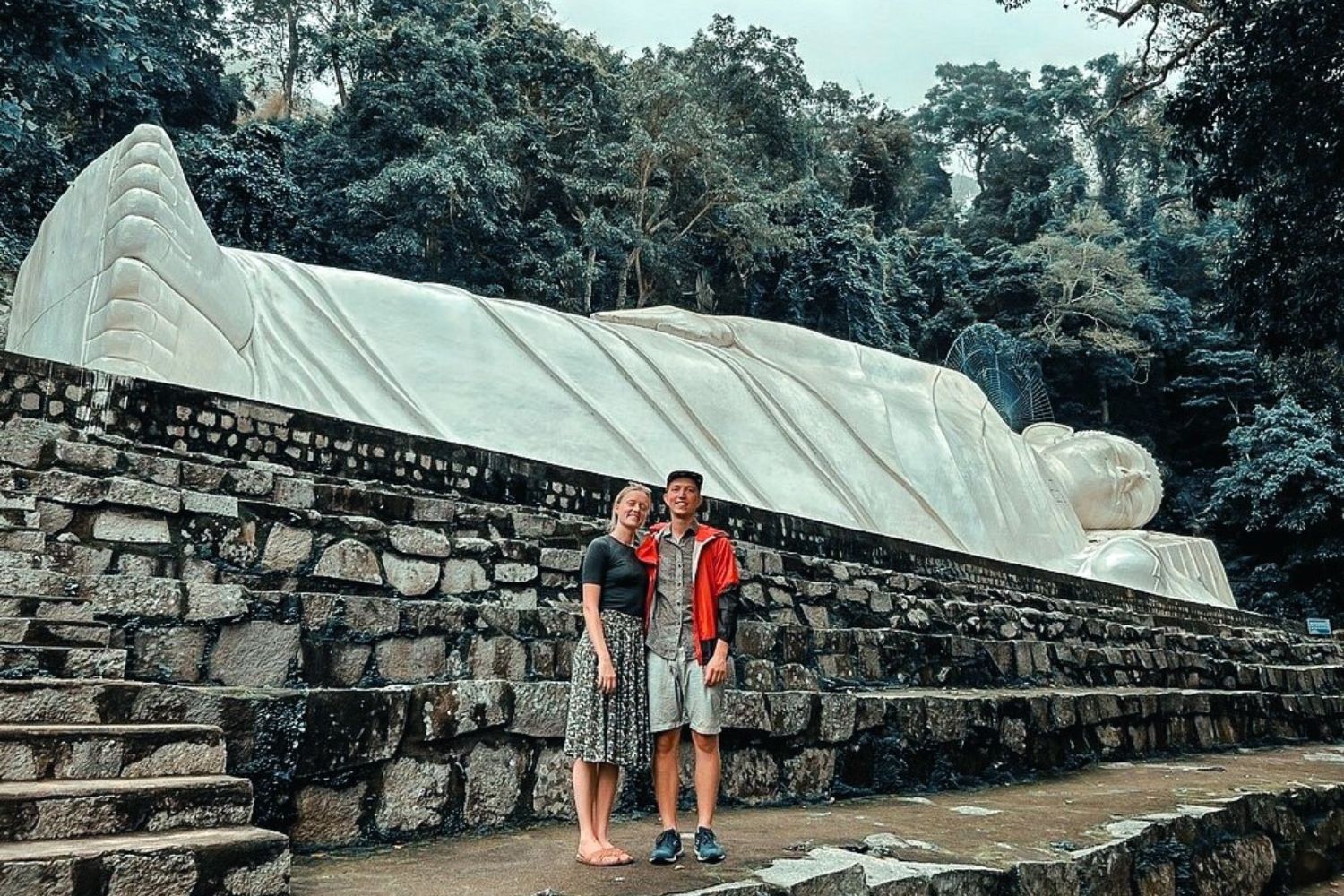
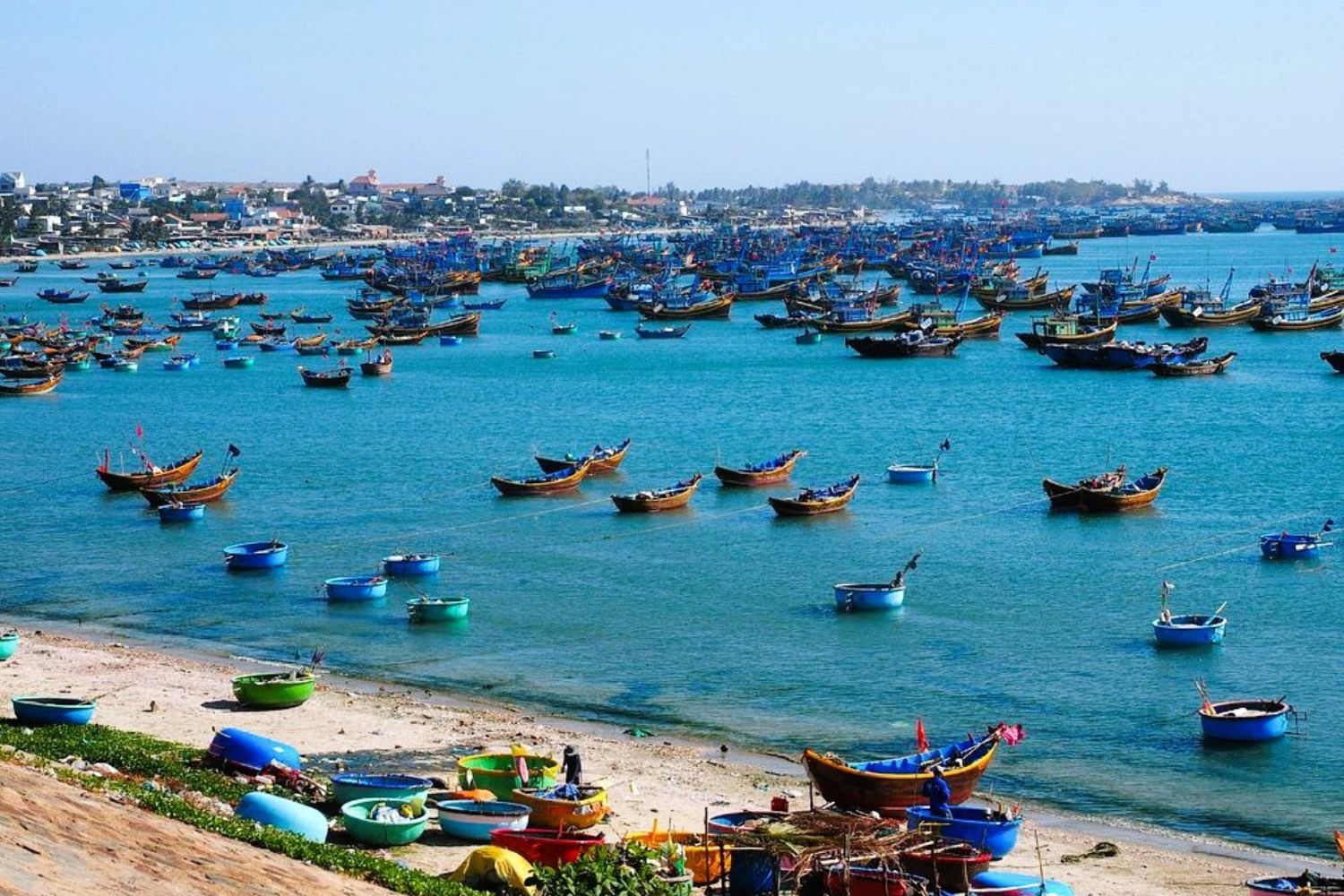
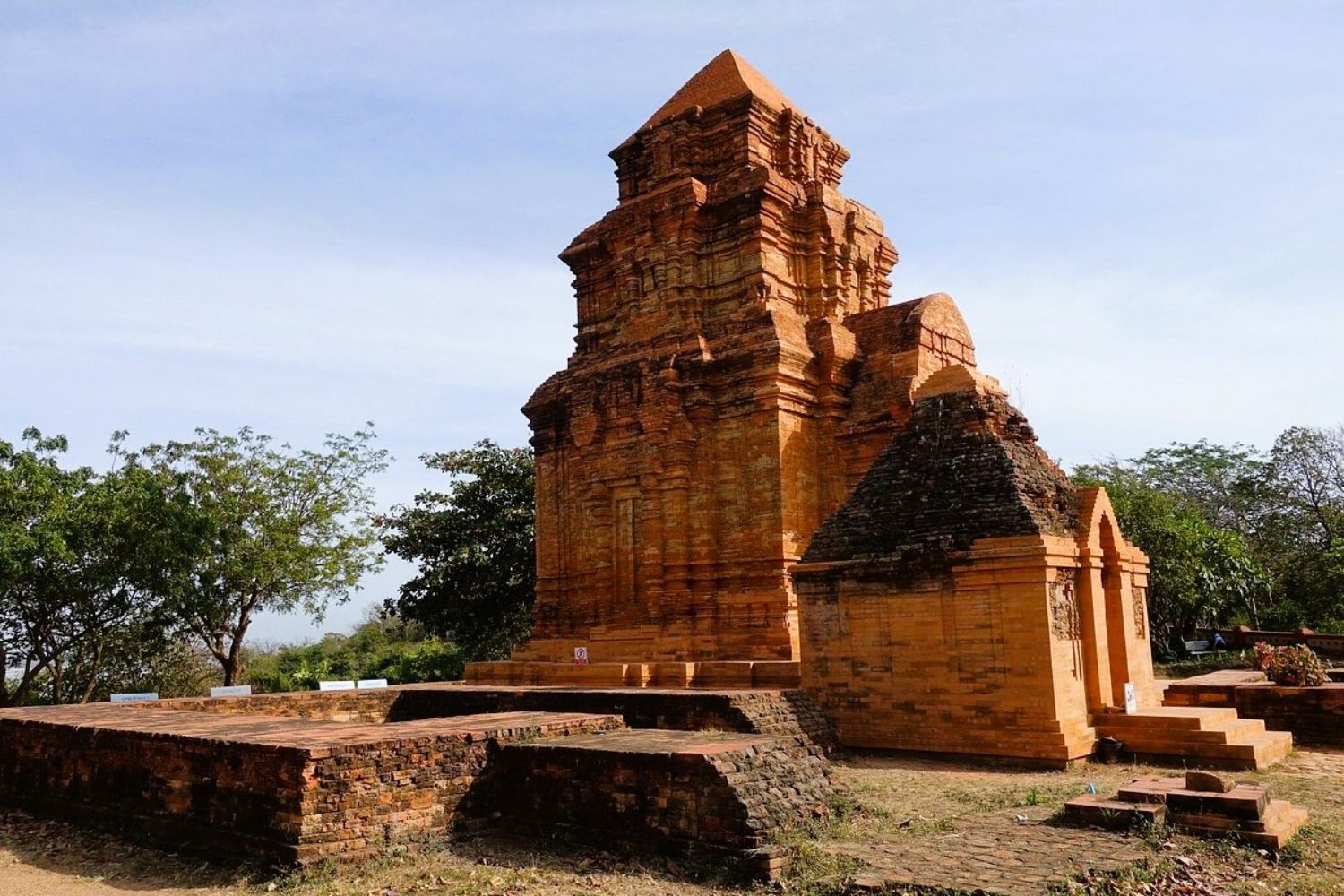
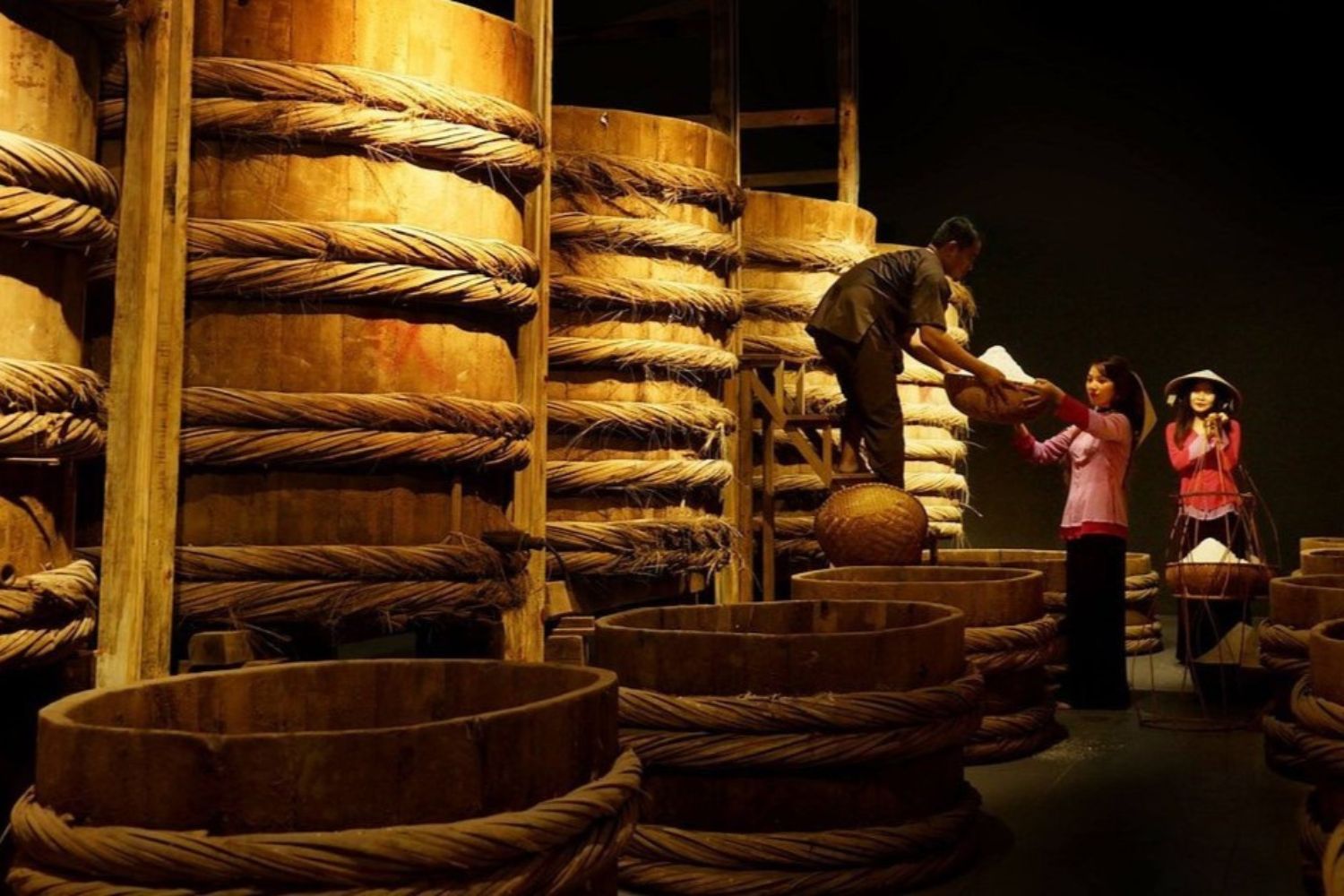
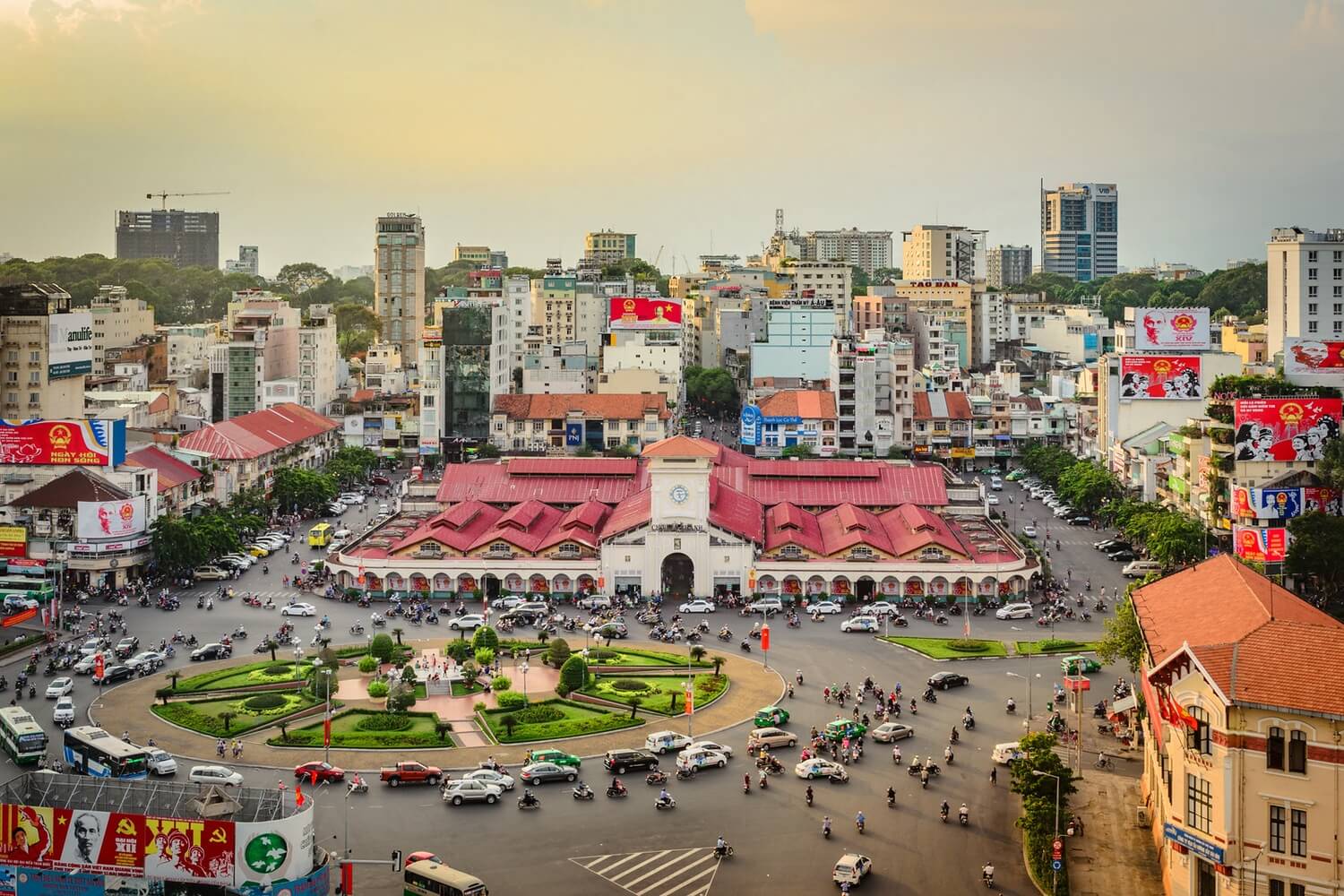
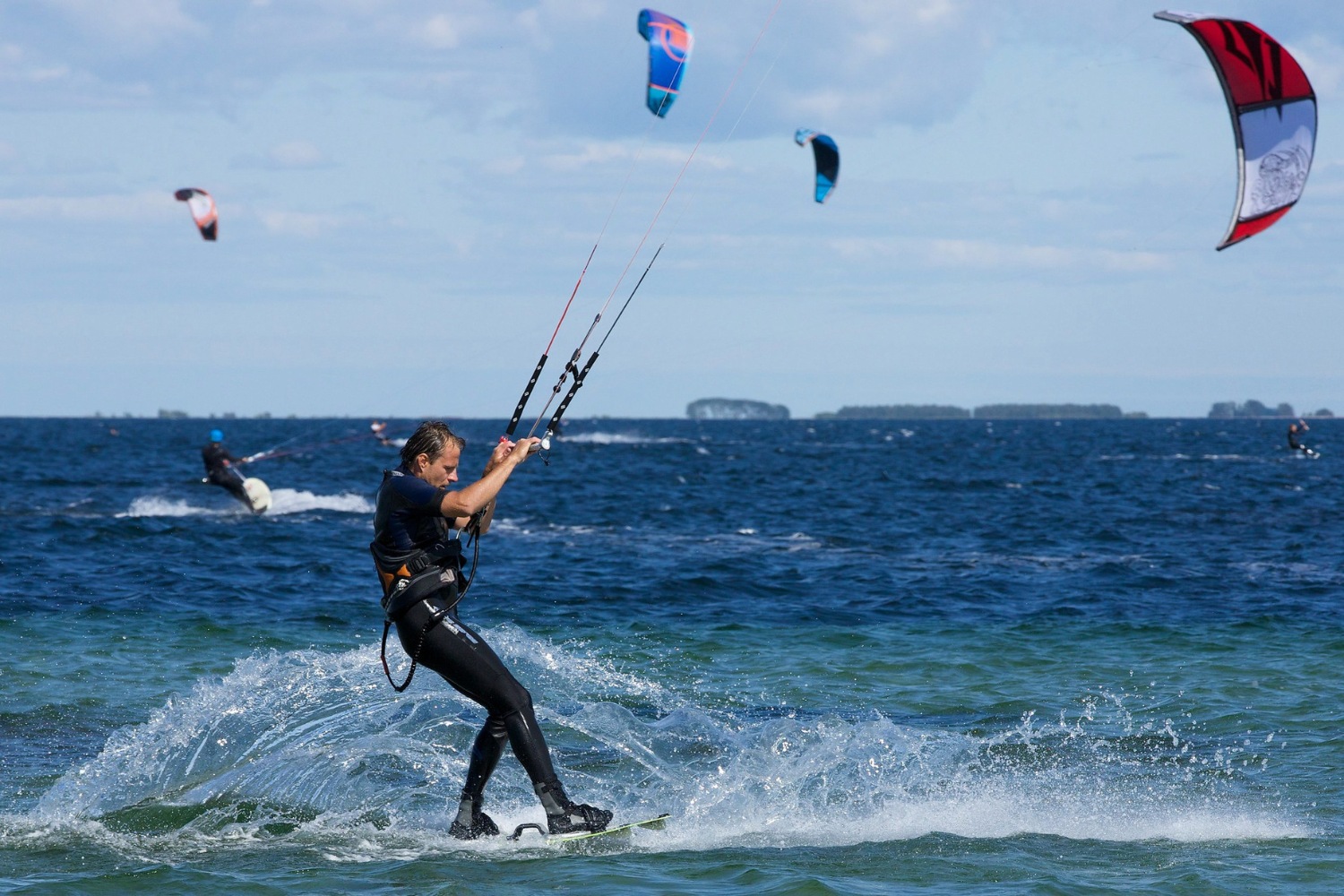
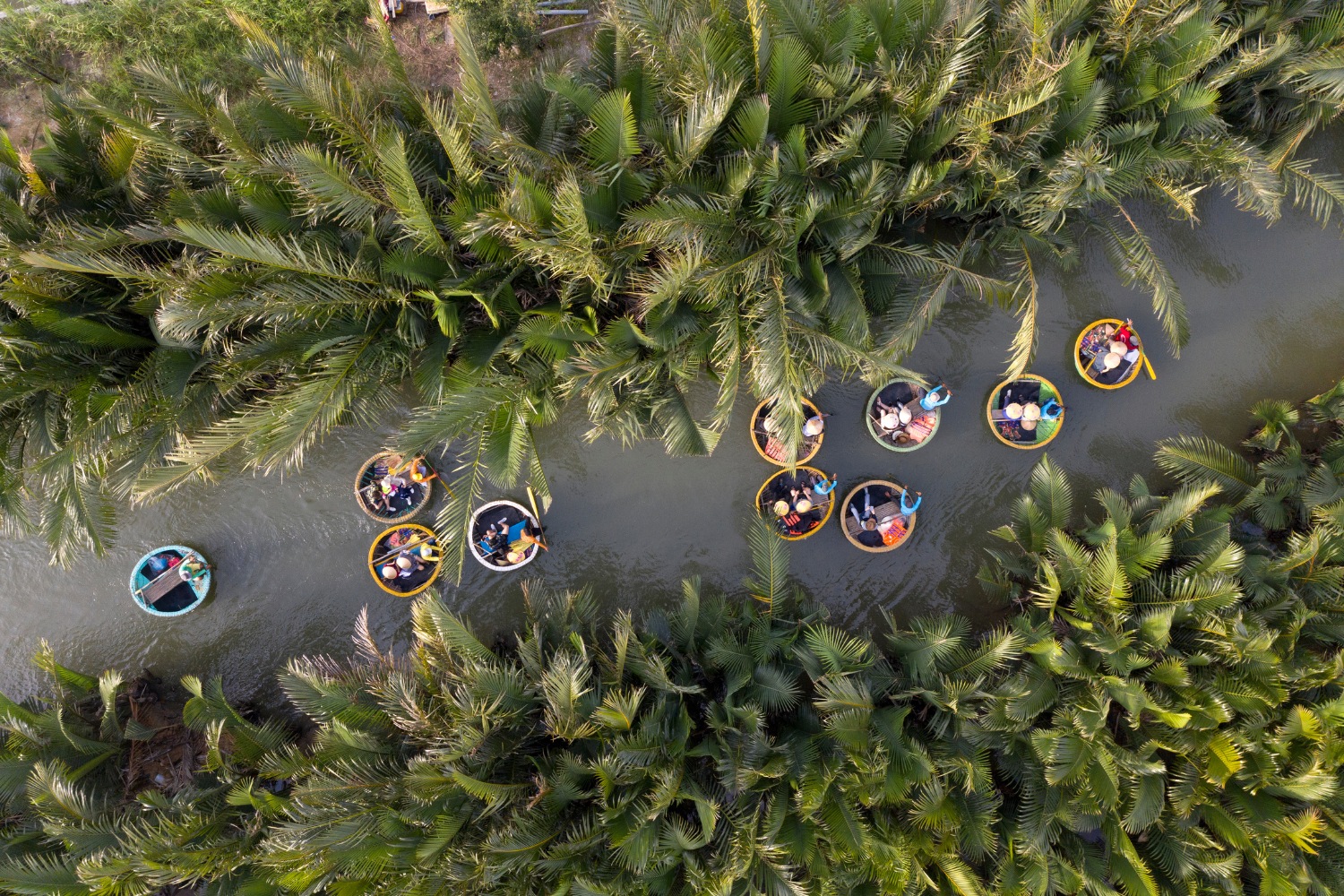
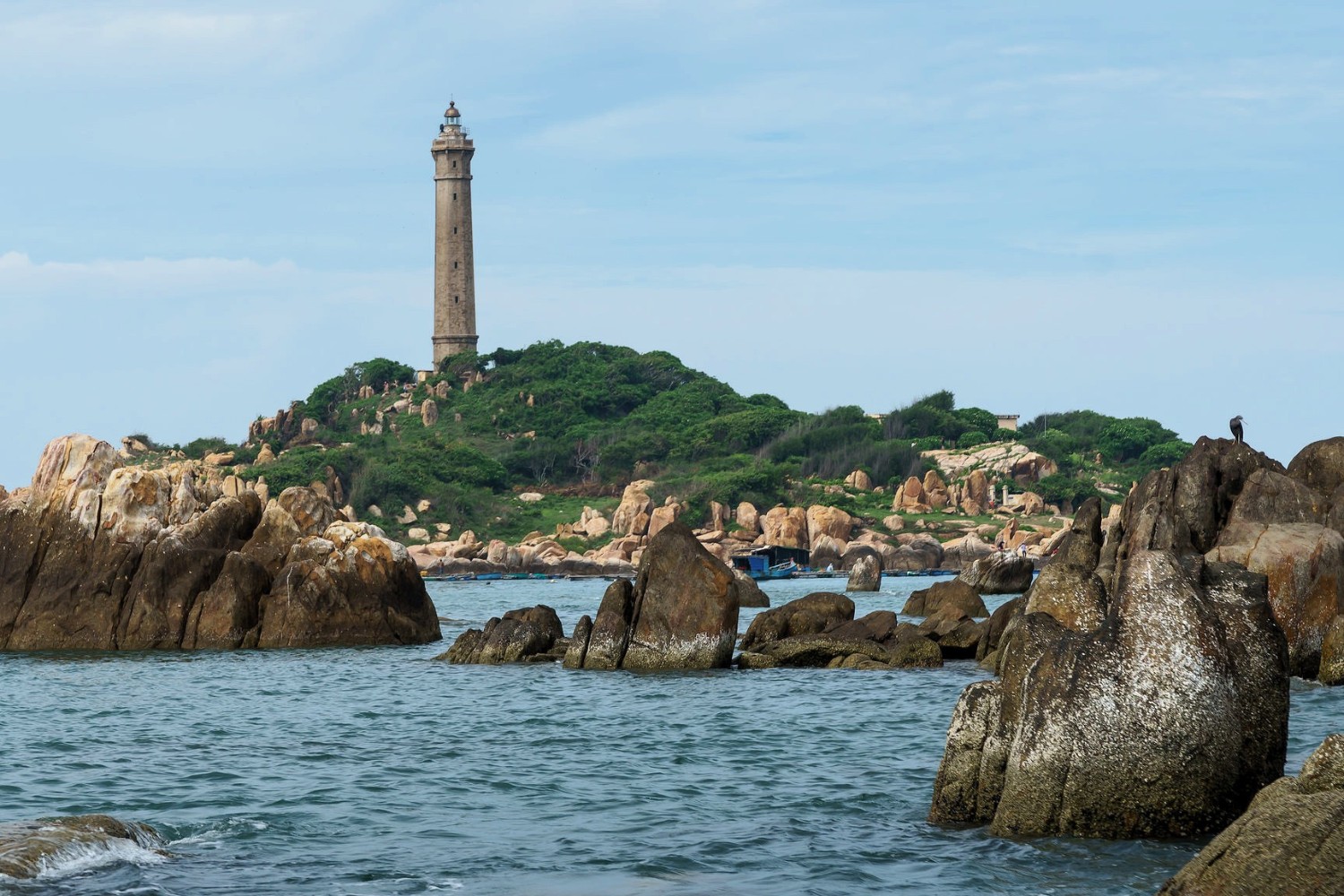
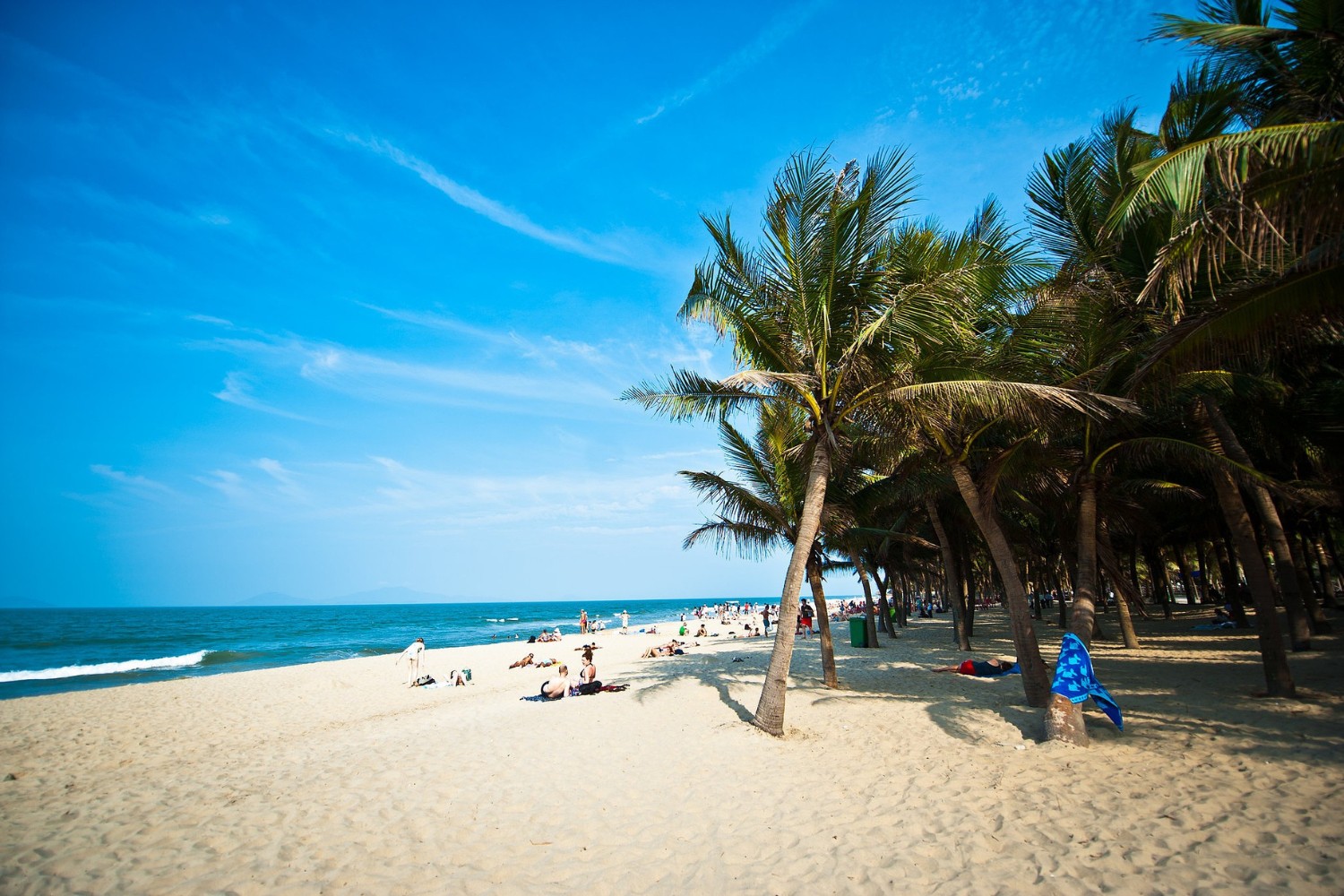
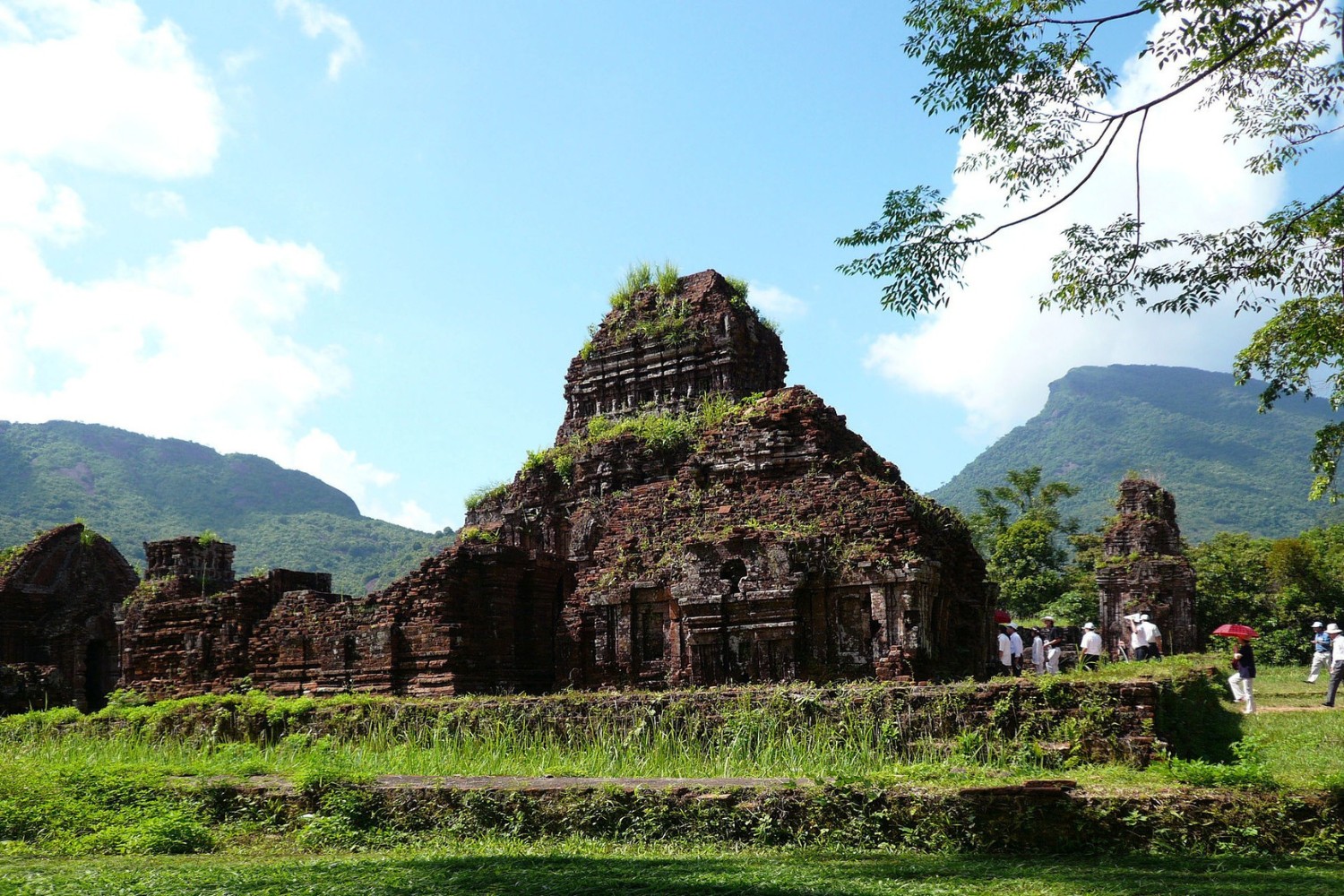
__637051765075307793.jpg)
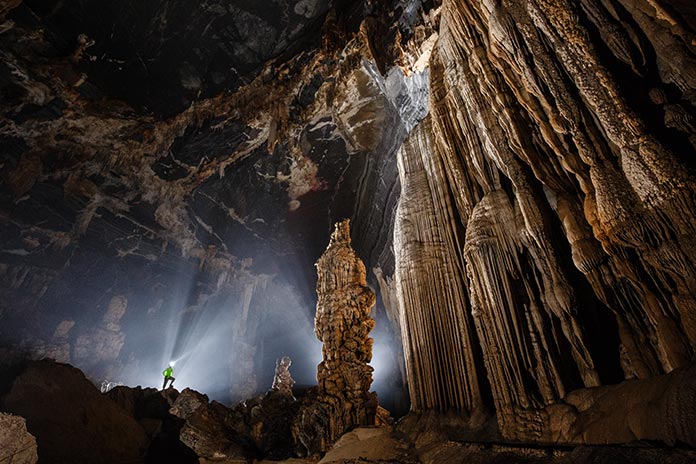
__637051782550081035.jpg)
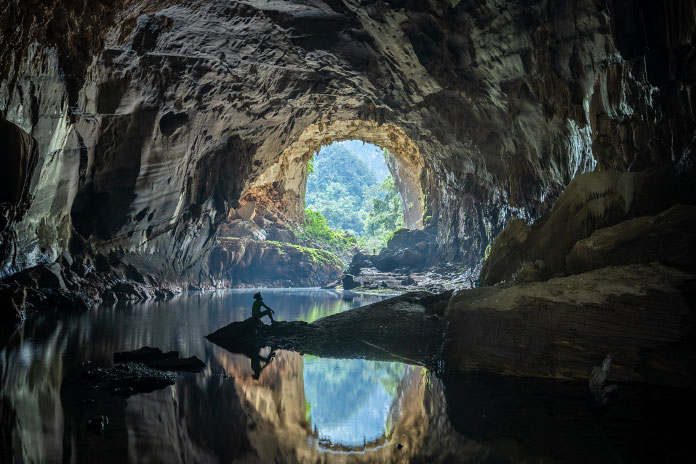
__637051777074859032.jpg)
__637051780703588520.jpg)
__637051781488596056.jpg)
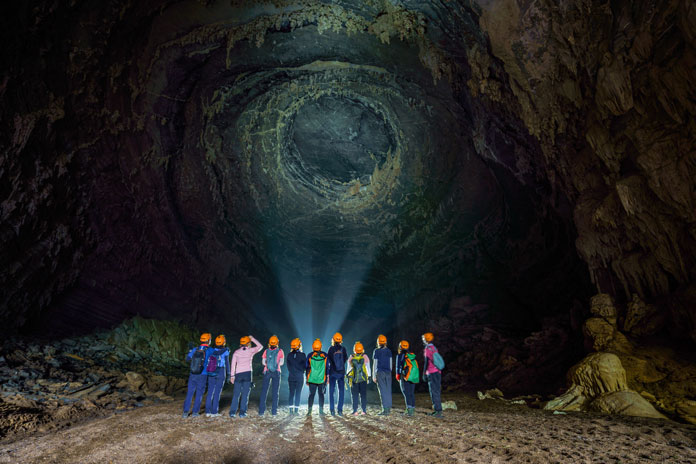
__637051767008903435.jpg)
__637051774329206026.jpg)
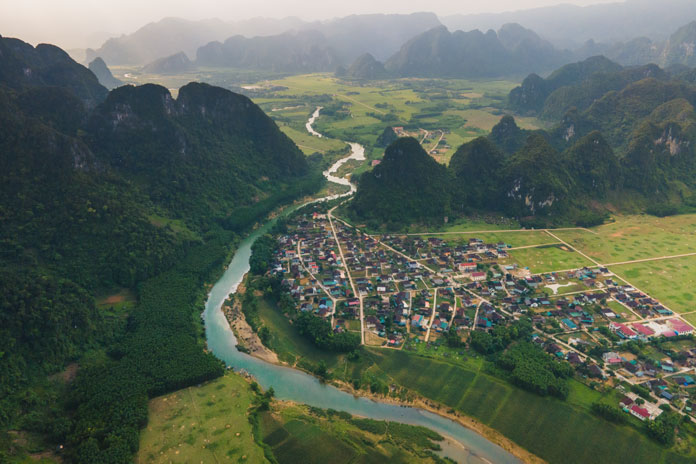
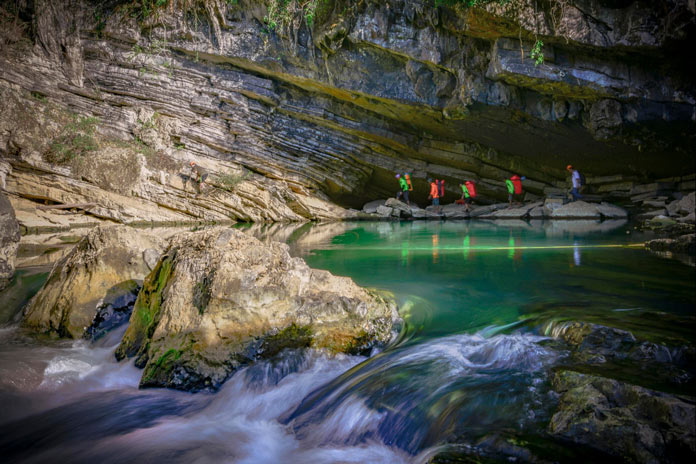
__637740499994967442.jpg)

